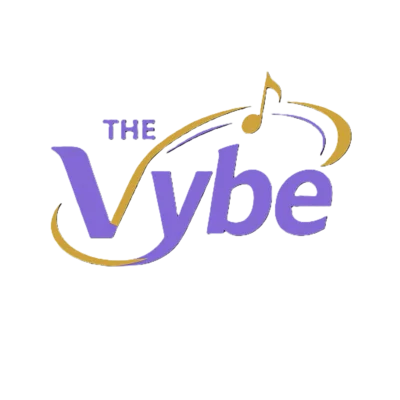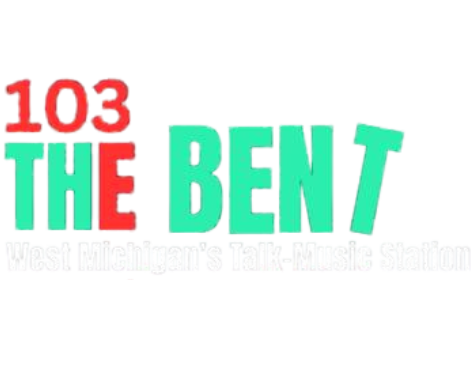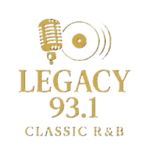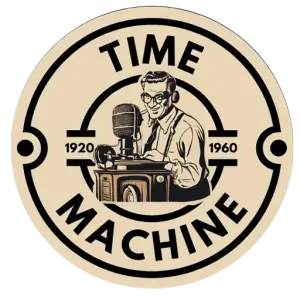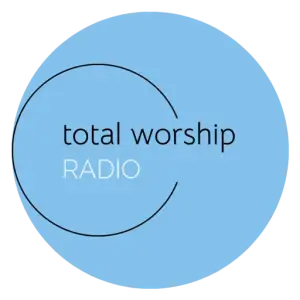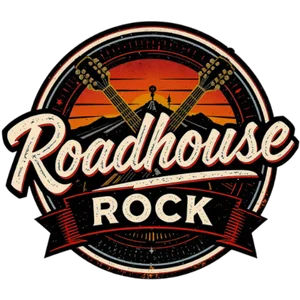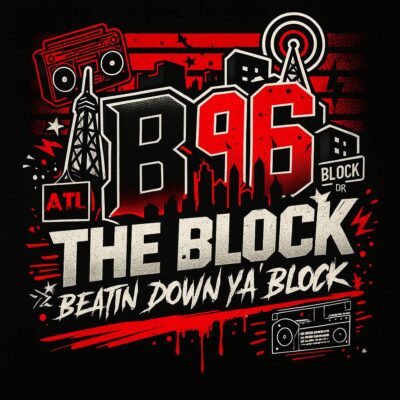COLUMBUS, Ohio — Ohioans could soon have the option to buy groceries or coffee with gold and silver instead of U.S. dollars, under legislation moving through the state House.
House Bill 206, introduced by Reps. Jennifer Gross, R-West Chester, and Riordan McClain, R-Ashland, would create a state-backed currency based on gold and silver. The measure directs the state treasurer to establish an electronic transaction system rooted in physical gold and silver reserves, citing concerns about the stability of the U.S. dollar.
“You no longer need to be rich to own gold; you can spend gold and silver anywhere that accepts Mastercard,” Gross said.
The U.S. Constitution grants only the federal government the authority to coin money and regulate its value, so states are generally barred from issuing their own currency. However, the Constitution allows states to make “nothing but gold and silver coin a tender in payment of debts.”
Utah enacted its own gold tender law in 2011, becoming the first state to take advantage of this exception. If approved, Ohio would become the 12th state to recognize gold and silver as legal tender. The bill would also eliminate state taxes on gold and silver purchases, aiming to make non-dollar transactions easier.
Supporters point to concerns over the fluctuating value of the U.S. dollar and federal monetary policy. Critics question the volatility of gold prices, federal taxes on gold investments, and the logistical challenges of maintaining state gold reserves.
If the bill passes, Ohioans could purchase gold and silver through the state and use an electronic system—similar to a credit card or Apple Pay—to make purchases. Each dollar spent would be backed by physical precious metals held in a state reserve. Users would buy gold and silver from the state and pay a fee to access the system.
“If there’s one asset that’s really stood the test of time, it’s gold,” McClain said. “It’s silver to some degree.”
McClain said he introduced the bill due to concerns about the dollar’s declining value. He noted that the U.S. dollar was once backed by gold until 1971, when the country abandoned the gold standard.
“The U.S. dollar is what’s called a fiat currency, and all that means is that the only thing backing the dollar is the perception of the U.S. economy or the federal government,” McClain said. “There’s nothing actually backing the dollar.”
According to the Federal Reserve Bank of Minneapolis, $1 in 1925 has the same purchasing power as $18.37 today. The National Mining Association reports that an ounce of gold worth $379.16 in 1925 would be valued at $2,394.86 today.
McClain said creating an easier way to use precious metals for purchases could help residents worried about inflation and federal fiscal policy. He also expressed concern about the trend of foreign countries shifting toward gold-backed currencies. According to J.P. Morgan, countries such as China, Russia and Turkey have increased gold reserves in recent years, signaling a move away from the U.S. dollar in global markets.
“We’ve seen a number of our foreign adversaries move in the way of gold, and in my opinion that is intentionally targeting the U.S.,” McClain said.
The proposed currency would be valid only within Ohio. McClain said he hopes the federal government will take similar steps to protect consumers’ purchasing power, but said he does not expect federal reforms in the near future.
House Bill 206 is currently before the House Financial Institutions Committee, which held its first hearing Oct. 15. A second hearing has not yet been scheduled.
—







